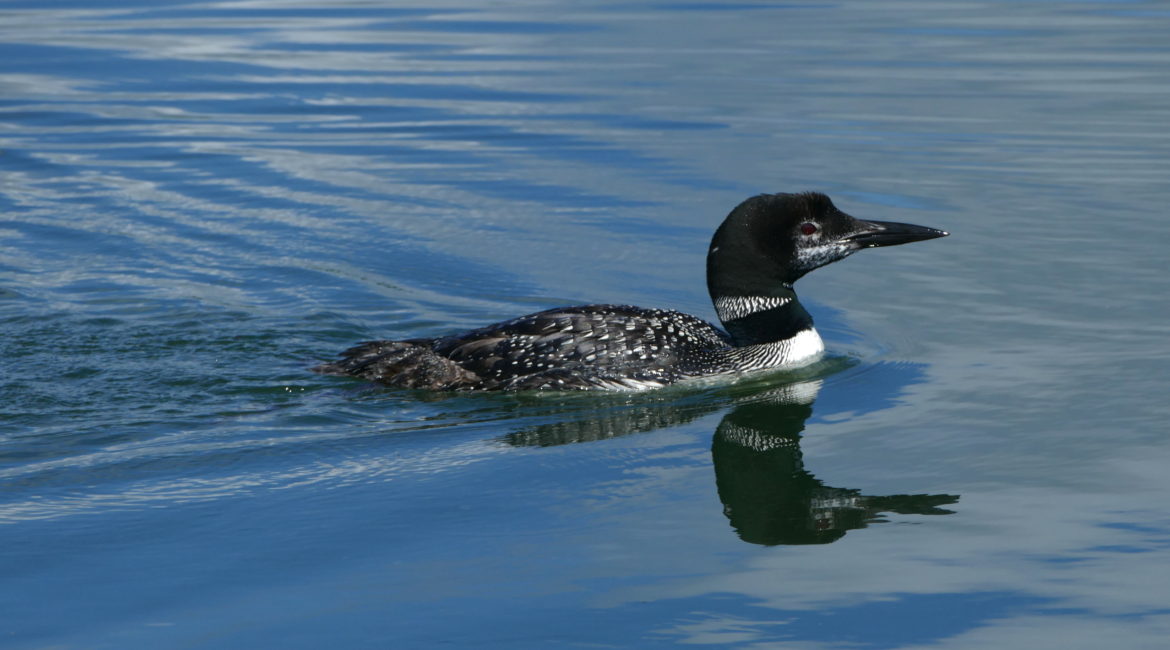The Conservancy is not part of the Association but the DLIA has given the Conservancy support in Deer Tales by becoming a founding member and making annual contributions to the Conservancy. It has also urged its members to volunteer for Conservancy projects. The organizations have similar goals and have cooperated with each other.
The Conservancy was organized in 1995 as a not-for-profit corporation. According to the Deer Lake Conservancy, Inc. Its primary activities are to “prevent pollution, protect and improve water quality of the lake and surrounding environment and to prevent the intrusion of pollutants into the lake” (Deer Lake Conservancy, Inc. Public Annual Meeting Notice, 1997). To achieve these goals, the Conservancy acquires property and easements as well as acquires and/or constructs facilities.
Why two organizations with such similar goals? The Conservancy is a not-for-profit tax-exempt corporation, so dues and donations are deductible from federal and state taxes. This status gives it an advantage in raising money. The Conservancy also operates as a Land Trust so it can take title to real estate and create and sell land easements over to the Wisconsin DNR. Use of the easements must be available to the public. The Conservancy can install conservation practices on that land. The Associations emphasizes “immediate and short-term issues and threats to the lake” while the Conservancy “deals with long-range issues and planning” (Deer Tales, Spring 2007).
The Environmental Committee of the DLIA has been very active in dealing with immediate lake concerns. Surveillance and testing of water quality continues. Spraying is done to control algae although the treatment recommended by the DNR has changed and has become much more expensive. Instead of copper sulfate granules, the DNR mandates the use of chelated copper sulfate that costs almost four times as much. Control of curly leaf pondweed, a non-native invasive plant, continues. Fortunately, no Eurasian milfoil has been found to date. In an attempt to prevent its entrance into the lake, the DLIA hired an intern to staff the lake’s boat landing. His job was to educate landing users about the threat of invasive plants and encourage them to clean plants off their boats and trailers when entering and leaving the water.

